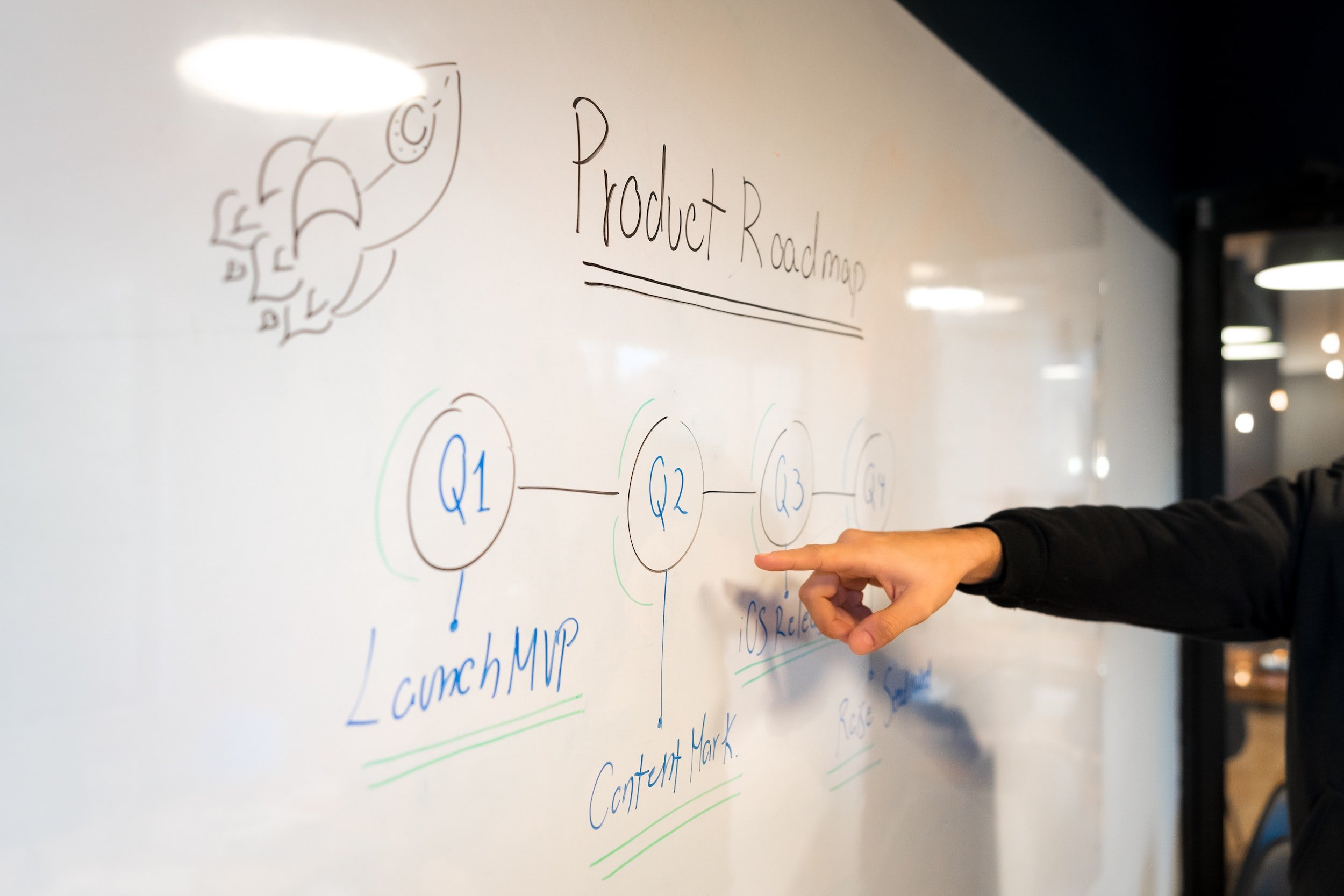Dude, Where's My Roadmap?
Every Product Owner thinks their team and situations are unique - whether it’s a distributed team, multiple products, or team dynamics, we all feel our circumstances have challenges no other team has faced. The truth is we all have opportunities to learn new ways to solve old problems. Luckily, when we get the chance to share these experiences, we realize we are not alone. After presenting my solution for my “unique” situation, it was requested that I share with a broader audience.
5 Tips to Improve Your Own Emo EQ as a Product Owner
A Product Owner is constantly balancing expectations from the business, the team, and users. It’s a tough job. You might feel you are doing all the right things, but your team is just not responding. If you feel you are not getting the best results from your team, or perhaps you sense they just don’t like working with you, you might benefit from improving your emotional EQ.
User Stories, Fables, Tales, and Chronicles
This article covers some basic concepts but there are specific techniques you will need, such as story elaboration, hierarchies, targeting personas, story splitting, impact mapping, etc. We offer advanced story writing workshops that meet your needs.
Contact us to learn more and deliver products that will wow your users! We provide training, workshops, and consulting to get your product game to the top of the league!
Dependency Management – the Good, the Bad, the Ugly
Dependencies are an epidemic in software development. And the reality is, dependencies are not going to go away. As you scale your Agile efforts, your dependencies scale as well. Therefore, instead of just managing them, the solution to ruthlessly mitigating dependencies lies in empowering people and enabling flow.
Got ugly dependencies? Read on to find out how to apply both the agile mindset and actionable items to progress from ugly to good dependency mitigation. We’ll explain actionable strategies you can use to move your teams from managing dependencies to mitigating dependencies.
Product Mindset - Webinar
A deep dive into 3 steps to Grow Your Product Mindset and creating products your customers love.
Identify the Problem “Discovery is the new knowing.”
Value is what your customer is willing to pay for “Stop thinking about your customers and start thinking like them.” ~Chris Spagnuolo
Validate the Outcome “We don’t know what’s possible with technology—none of us really know until we actually see it." ~Marty Cagan
Regression Test Yourself
In this post, Tricia Barnes shares her personal journey to an advanced Product Owner role. Using the analogy of regression testing, she encourages us to take time to learn new things and grow, but also, be OK with pushing the pause button. Go back to the basics, and spend time integrating the new with old. In time, you will see what you are building is far stronger than anticipated.
5 Tips to Improve Your Emotional EQ as a Product Owner
A Product Owner is constantly balancing expectations from the business, the team, and users. It’s a tough job. You might feel you are doing all the right things, but your team is just not responding. If you feel you are not getting the best results from your team, or perhaps you sense they just don’t like working with you, you might benefit from improving your emotional EQ.
3 Steps to Grow Your Product Mindset
Do you want to create products your customers love? It’s not just a marketing gimmick. Take these 3 steps to grow your Product Mindset and change the world.
The Product Mindset Manifest
These four elements of Product Management create a basis for a Product Mindset. Learn how the Growth Mindset, the Agile Mindset, and the Product Mindset intersect. Explore how you can go further, and what courageous questions you might not be asking.
Doing What It Takes to Refine the Backlog
The Agile product backlog evolves over time. The process of refining the backlog is a core part of Scrum.
Real World Examples of Project Status and Updates on an Agile Project - Webinar
I get often asked when I work with people or teach a class how to show real progress on an Agile project. Roadmaps, Release Burnup's, Velocity, how to answer questions on delivery. We build products for external clients using Scrum and will show people how we visualize progress sprint by sprint for our customers. Showing how velocity changes, roadmap, release plan changes and most importantly how customer feedback has affected the release date. This isn't hypothetical talk but real world experiences and conversations.
However, first I will start out with showing the old ways of doing things with Gantt charts. Why the traditional way doesn't work. Comparing the Green, Yellow, Red method and how it doesn't work. The roll that into the better, agile mindset of delivering questions like when will be done, what will we get and how we communicate good and bad news to our clients.











